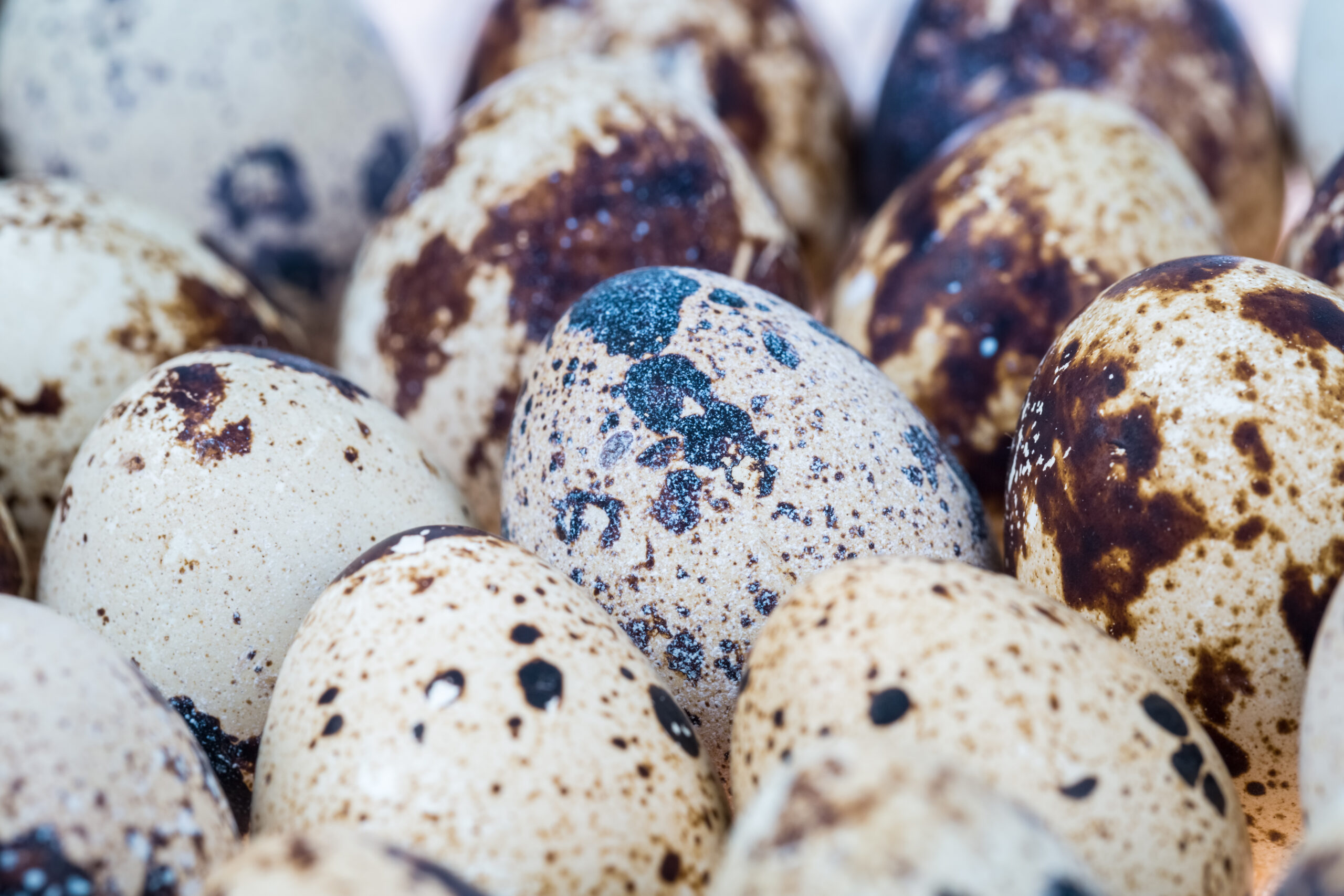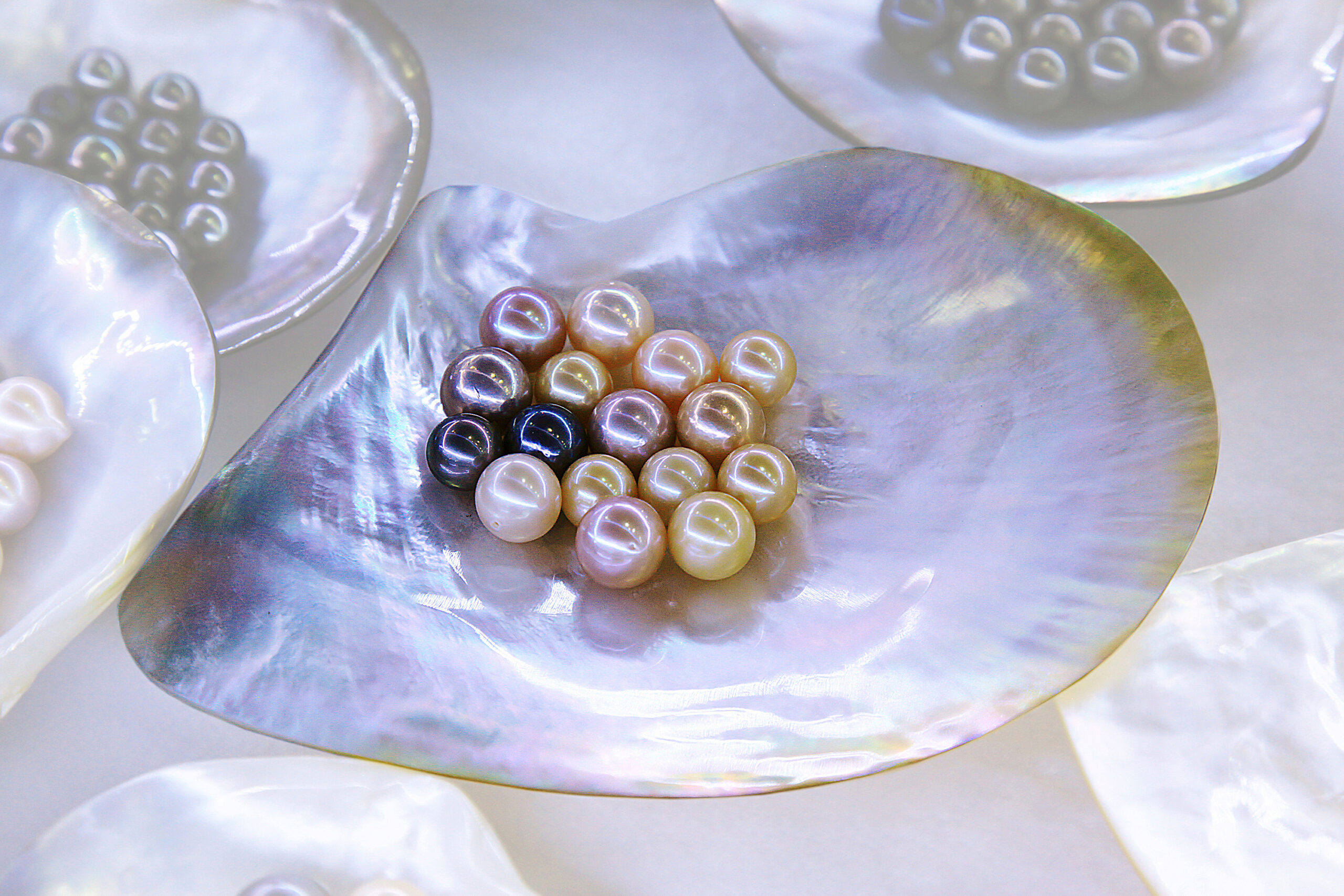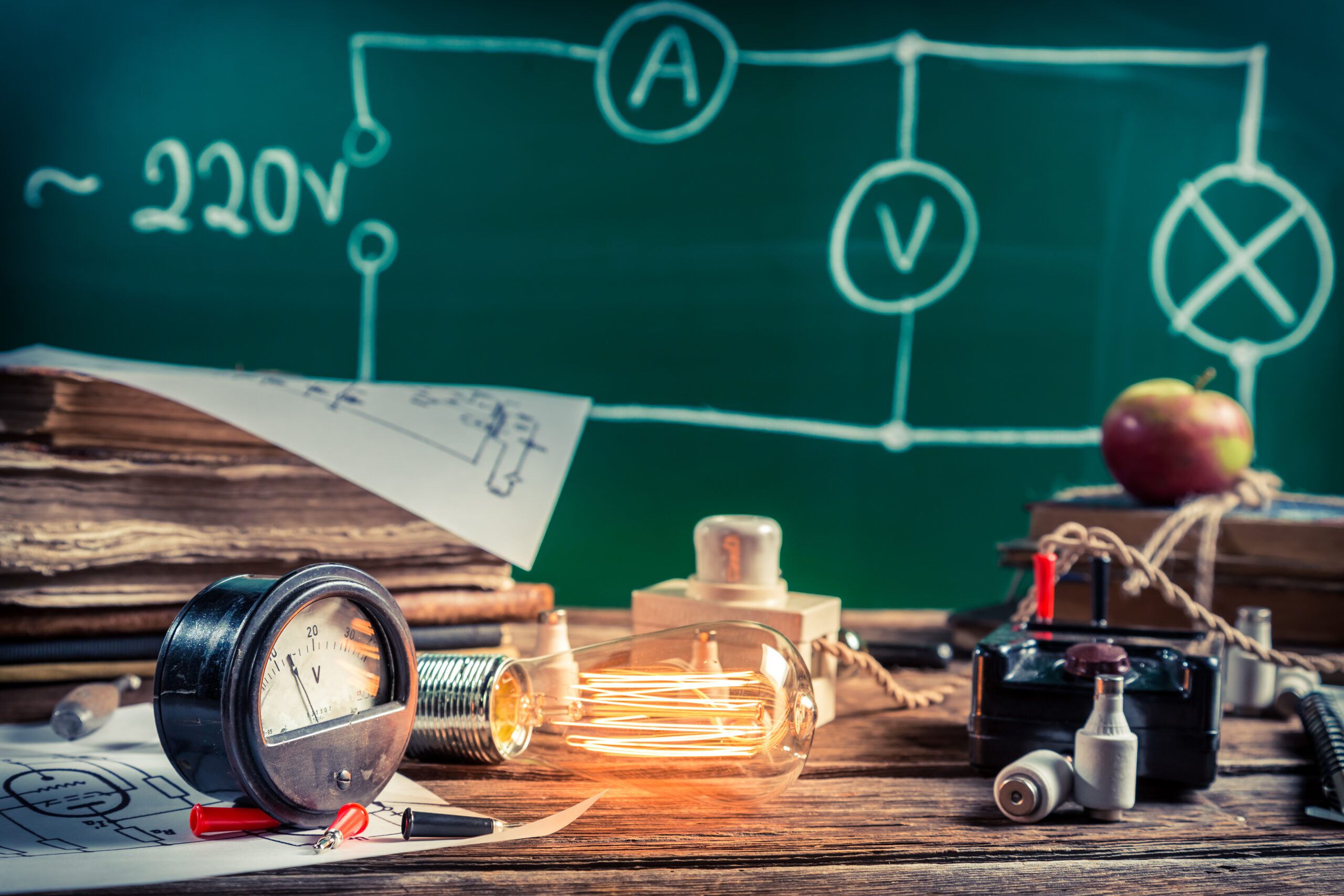Plants help to keep the water clean, oxygenate the water, provide food for fish and invertebrates, and give your aquarium a beautiful and natural look. However, if you’re seeing a lot of algae in your tank, or if your plants are growing slow or not at all – then it might be time to see what’s going on inside.
3 Reasons Your Aquarium Plants Aren’t Growing
If your aquarium plants aren’t growing, it could be due to a number of reasons. Maybe the tank isn’t getting enough light, or maybe the plants are being crowded out by other aquarium inhabitants. It could also be that the water temperature is too cold or the pH is off.
To find out why your aquarium plants aren’t growing, start by taking a look at the tank. Is it getting enough light? If not, try moving it to a brighter spot or adding some additional artificial lighting. Are the plants being crowded out by other fish or decorations? If so, try thinning them out or moving them to another part of the tank.
Next, check the water temperature and pH. The ideal water temperature for most aquarium plants is between 72-82 degrees Fahrenheit. The ideal pH is between 6.5 and 7.5. If the water in your tank is outside of these ranges, it could be causing your plants to struggle.
Finally, make sure you’re using the right fertilizer for your plants. Different plants need different nutrients, so using a fertilizer that’s specifically designed for aquarium plants can help ensure they’re getting everything they need to grow healthy and strong.

Learn More About Lighting, CO2, Nutrients and More
If you want your aquarium plants to grow, you need to provide them with the proper lighting, CO2, and nutrients. Here’s a closer look at each of these factors:
Lighting: Aquarium plants need light for photosynthesis, which is how they produce the food they need to grow. The type of lighting you’ll need will depend on the type of plants you’re growing. For example, low-light plants don’t need as much light as high-light plants.
CO2: Carbon dioxide (CO2) is another important element for plant growth. Aquarium plants use CO2 for photosynthesis, and without enough CO2, they can’t grow properly. You can provide CO2 to your aquarium in a number of ways, such as using a CO2 diffuser or injecting it into your aquarium water.
Nutrients: In addition to light and CO2, aquarium plants need nutrients for growth. These nutrients include things like nitrogen, phosphorus, and potassium. You can provide nutrients to your plants in a number of ways, such as using fertilizer tablets or liquid fertilizer.
Experimentation with Lighting
If you’re having trouble getting your aquarium plants to grow, one thing you can try is experimenting with different lighting setups. Different plant species require different amounts of light, so it’s important to find a balance that works for all the plants in your tank.
If you’re using artificial lights, try changing the bulbs or moving the lights around to see if that makes a difference. You can also experiment with different types of lighting, such as LED or fluorescent.
Natural sunlight is also an option, but it can be harder to control. If you have a window in your home that gets direct sunlight, you can try placing your aquarium near it to see if that helps. Just be sure to monitor the temperature and adjust accordingly so your fish don’t get too hot or cold.
Finally, remember that plants need more than just light to grow. They also need nutrients, water, and CO2. If you’re having trouble with all of your plants, it’s possible that something else is out of balance in your tank.
Make Sure You Have Enough CO2
Carbon dioxide (CO2) is one of the most important nutrients for aquarium plants, and a lack of it can cause stunted growth or even death. Most aquariums don’t have enough CO2 to support healthy plant growth, so if you’re serious about growing plants in your tank, you’ll need to supplement with additional CO2.

There are a few ways to add CO2 to your aquarium: pressurized CO2 systems, DIY yeast reactors, and liquid CO2. Pressurized CO2 systems are the most expensive option but also the most reliable and easy to use. DIY yeast reactors are much less expensive but require more maintenance, and liquid CO2 is somewhere in between.
Once you’ve decided on a method of adding CO2 to your aquarium, you’ll need to make sure you’re dosing the correct amount. Too much CO2 can be just as harmful as too little, so it’s important to find the sweet spot. A good rule of thumb is 2-3 bubbles per second for a 75 gallon tank. You can increase or decrease this rate depending on how fast your plants are growing and whether or not they seem happy and healthy.
If you notice your plants starting to yellow or wilt, that’s a sign that they’re not getting enough CO2. On the other hand, if your plants are growing too fast or getting algae growth, that’s a sign that there’s too much CO2 in the water. Play around with
Check pH Levels
If your aquarium plants aren’t growing, one of the first things you should check is the pH level of your water. pH stands for ‘potential hydrogen’ and measures how acidic or basic your water is on a scale from 0 to 14. Aquarium plants generally prefer a neutral pH around 7, but some can tolerate a slightly higher or lower pH depending on the species.
If your water is too acidic or too basic, it can cause nutrient deficiencies in your plants and make them more susceptible to disease. To test the pH of your aquarium water, you’ll need to purchase a test kit from a pet store or online retailer. Once you have your kit, follow the instructions to collect a sample of tank water and test it according to the kit’s directions.
If your water’s pH is outside of the recommended range for your plants, there are a few things you can do to adjust it. If your water is too acidic, you can add crushed coral or limestone to raise the pH. If your water is too basic, you can add peat moss or driftwood to lower the pH. You’ll need to test the water regularly and make adjustments as needed until you achieve the desired pH level for your plants.
Know The Different Types of Plant That Grow Well In Aquariums
There are many different types of plants that can be grown in aquariums, but not all plants are created equal. Some plants are better suited foraquariums than others, and knowing which plants grow well in aquariums is essential for a successful plant-growing experience.
For example, some of the best plants for aquariums include Java ferns, Anubias, and Cryptocorynes. These plants are all easy to care for and thrive in most aquarium conditions. However, there are also some plants that should be avoided if you want to have a successful aquarium garden.
Some of the worst plants for aquariums include algae-producing species such as Hairgrass and Hornwort. These plants can quickly take over an aquarium, causing problems for other plant life and aquatic creatures. If you’re not careful, these nuisance plants can completely destroy your carefully cultivated underwater oasis.







